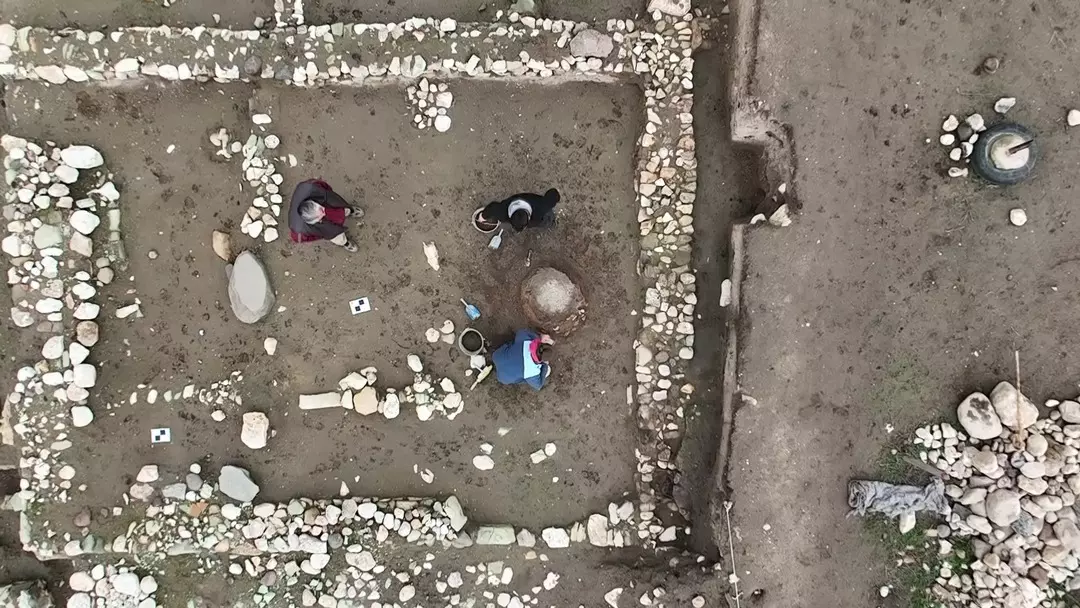Exciting Archaeological Discovery in Luxor
CAIRO, Jan 8 (Reuters) – Archaeologists have uncovered well-preserved sections of the foundation wall of Queen Hatshepsut’s valley temple in Luxor, along with the nearby tomb of Queen Teti Sheri, the grandmother of Pharaoh Ahmose I, who played a pivotal role in Egypt’s New Kingdom era.
Significant Findings Near Hatshepsut’s Temple
The excavation team, led by renowned Egyptian archaeologist Zahi Hawass, revealed their discovery of over 1,000 decorated stone blocks on the outskirts of Hatshepsut’s mortuary temple. The announcement was made on Wednesday, marking a major breakthrough in the ongoing excavations at the site, which began in 2022.
Queen Hatshepsut, one of the few female rulers of ancient Egypt, reigned during the 18th Dynasty and passed away around 1458 B.C. However, her valley temple was later deliberately dismantled, leaving behind scattered remnants.
Remarkable Artistic and Architectural Elements
Among the findings, a striking limestone tablet was identified, bearing the name of Senmut, Hatshepsut’s chief architect who supervised the temple’s construction. Additionally, the excavation revealed 1,500 vividly decorated blocks. "This is the first time we’ve discovered such an extensive collection of painted blocks, featuring some of the most stunning artwork I have ever seen," Hawass commented.
The Rediscovery of Queen Teti Sheri’s Tomb
Located near Hatshepsut’s temple, archaeologists also uncovered the tomb of Queen Teti Sheri. She was the grandmother of Ahmose I, the pharaoh credited with expelling the Hyksos invaders from Egypt and founding the golden age of the New Kingdom. Queen Teti Sheri passed away during the ninth year of Ahmose’s reign, roughly a century before Hatshepsut’s rule.
The tomb itself is modest, carved directly into rock, and features a vaulted mudbrick chapel. The interior walls are adorned with red-painted designs applied over a white plaster base, providing valuable insight into the artistic traditions of the time.
A Milestone in Egyptology
This discovery sheds new light on the architectural and artistic achievements of ancient Egypt. It also highlights the enduring legacy of Queen Hatshepsut and her predecessors, offering fresh perspectives on Egypt’s rich and complex history. As excavations continue, archaeologists anticipate uncovering even more secrets buried beneath the sands of Luxor.







